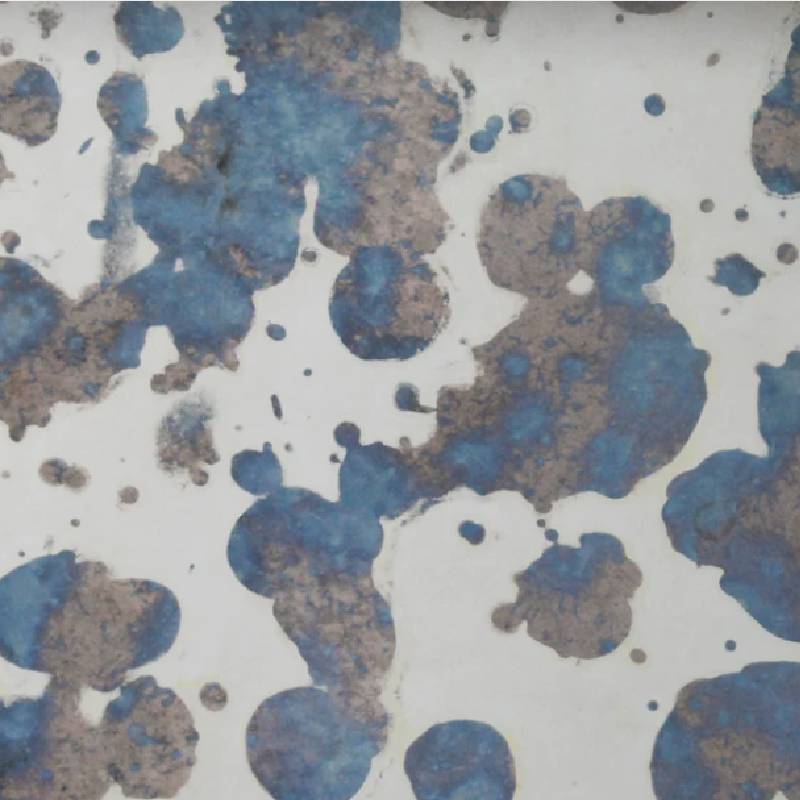Understanding Float Glass Types A Comprehensive Guide
Float glass is one of the most common types of glass used in various applications, ranging from architectural design to automotive uses. Its manufacturing process, characterized by the float glass method, involves floating molten glass on top of molten tin, creating a smooth, flat surface. This article aims to explore the different types of float glass, their characteristics, and applications in various industries.
The Manufacturing Process
The production of float glass begins with raw materials, including silica sand, soda ash, and limestone, which are fused at high temperatures to create molten glass. Once melted, the glass is poured onto a bath of molten tin, where it spreads out and forms a flat sheet. This unique method ensures a uniform thickness and an exceptionally smooth surface on both sides, making float glass ideal for applications requiring clarity and precision.
Types of Float Glass
1. Clear Float Glass
Clear float glass is the most basic and widely used type of float glass. It offers high clarity, allowing natural light to pass through with minimal distortion. This is ideal for windows and facades, as well as in display cases and mirrors. Its versatility and affordability make it a popular choice in both residential and commercial settings.
2. Tinted Float Glass
Tinted float glass incorporates metallic oxides in its manufacturing process, resulting in a colored appearance that helps to reduce glare and heat from sunlight. This type is often used in buildings to enhance privacy while still allowing light to enter. Tinted float glass can significantly improve energy efficiency by reducing the amount of solar heat gain, making it a suitable option for large glass facades in commercial buildings.
3. Low-Emissivity (Low-E) Float Glass
Low-E float glass is designed to minimize the amount of infrared and ultraviolet light that passes through it without compromising visible light transmission. It is often coated with a thin layer of metallic oxide that reflects heat back into the building, making it energy-efficient. This type of glass is especially beneficial in colder climates, as it helps maintain indoor temperatures and reduces heating costs.
float glass types
4. Reflective Float Glass
Reflective float glass features a thin, metallic coating that gives it a mirror-like finish. This type of glass is used primarily in commercial buildings for aesthetic purposes and to reduce glare. Reflective float glass not only enhances the exterior appearance of a building but also provides increased privacy, making it a popular choice for office towers and high-rise buildings.
5. Laminated Float Glass
Laminated float glass consists of two or more layers of float glass bonded together with an interlayer, typically made of polyvinyl butyral (PVB). This type of glass offers enhanced safety and security, as it holds together when shattered, preventing dangerous shards from causing injury. Laminated float glass is commonly used in applications requiring safety, such as skylights, vehicle windshields, and glass doors.
6. Tempered Float Glass
Tempered float glass is heat-treated to increase its strength and thermal resistance. This type of glass is designed to shatter into small, blunt pieces instead of sharp shards when broken, significantly reducing the risk of injury. Tempered glass is often utilized in shower doors, glass doors, and windows in buildings that require safety and durability under stress.
Applications of Float Glass
The types of float glass discussed above are utilized in a wide range of applications. In residential buildings, clear and tinted float glass is commonly used for windows and doors, enhancing energy efficiency and aesthetic appeal. In commercial settings, reflective and low-E float glass can improve building performance while providing modern architectural designs.
Automotive industries rely heavily on laminated and tempered float glass for safety features in windshields and side windows. Moreover, float glass is widely used in furniture, such as tabletops and cabinet doors, due to its versatility and ability to complement various design styles.
Conclusion
Float glass is an essential material in numerous industries, offering a diverse range of types tailored to specific needs and applications. Understanding the different types of float glass, from clear and tinted to tempered and laminated, can help consumers and professionals make informed decisions based on requirements such as energy efficiency, safety, and aesthetics. As technology advances, the possibilities for float glass applications will continue to expand, further solidifying its place in modern design and construction. Whether for a residential window or a high-rise building façade, float glass plays a pivotal role in creating functional and visually appealing environments.
 Afrikaans
Afrikaans  Albanian
Albanian  Amharic
Amharic  Arabic
Arabic  Armenian
Armenian  Azerbaijani
Azerbaijani  Basque
Basque  Belarusian
Belarusian  Bengali
Bengali  Bosnian
Bosnian  Bulgarian
Bulgarian  Catalan
Catalan  Cebuano
Cebuano  Corsican
Corsican  Croatian
Croatian  Czech
Czech  Danish
Danish  Dutch
Dutch  English
English  Esperanto
Esperanto  Estonian
Estonian  Finnish
Finnish  French
French  Frisian
Frisian  Galician
Galician  Georgian
Georgian  German
German  Greek
Greek  Gujarati
Gujarati  Haitian Creole
Haitian Creole  hausa
hausa  hawaiian
hawaiian  Hebrew
Hebrew  Hindi
Hindi  Miao
Miao  Hungarian
Hungarian  Icelandic
Icelandic  igbo
igbo  Indonesian
Indonesian  irish
irish  Italian
Italian  Japanese
Japanese  Javanese
Javanese  Kannada
Kannada  kazakh
kazakh  Khmer
Khmer  Rwandese
Rwandese  Korean
Korean  Kurdish
Kurdish  Kyrgyz
Kyrgyz  Lao
Lao  Latin
Latin  Latvian
Latvian  Lithuanian
Lithuanian  Luxembourgish
Luxembourgish  Macedonian
Macedonian  Malgashi
Malgashi  Malay
Malay  Malayalam
Malayalam  Maltese
Maltese  Maori
Maori  Marathi
Marathi  Mongolian
Mongolian  Myanmar
Myanmar  Nepali
Nepali  Norwegian
Norwegian  Norwegian
Norwegian  Occitan
Occitan  Pashto
Pashto  Persian
Persian  Polish
Polish  Portuguese
Portuguese  Punjabi
Punjabi  Romanian
Romanian  Russian
Russian  Samoan
Samoan  Scottish Gaelic
Scottish Gaelic  Serbian
Serbian  Sesotho
Sesotho  Shona
Shona  Sindhi
Sindhi  Sinhala
Sinhala  Slovak
Slovak  Slovenian
Slovenian  Somali
Somali  Spanish
Spanish  Sundanese
Sundanese  Swahili
Swahili  Swedish
Swedish  Tagalog
Tagalog  Tajik
Tajik  Tamil
Tamil  Tatar
Tatar  Telugu
Telugu  Thai
Thai  Turkish
Turkish  Turkmen
Turkmen  Ukrainian
Ukrainian  Urdu
Urdu  Uighur
Uighur  Uzbek
Uzbek  Vietnamese
Vietnamese  Welsh
Welsh  Bantu
Bantu  Yiddish
Yiddish  Yoruba
Yoruba  Zulu
Zulu 

